-
 Bitcoin
Bitcoin $118300
-0.58% -
 Ethereum
Ethereum $3825
0.11% -
 XRP
XRP $3.137
-0.71% -
 Tether USDt
Tether USDt $0.9999
-0.01% -
 BNB
BNB $803.9
-3.37% -
 Solana
Solana $181.5
-1.94% -
 USDC
USDC $0.9999
0.01% -
 Dogecoin
Dogecoin $0.2238
-2.51% -
 TRON
TRON $0.3358
2.12% -
 Cardano
Cardano $0.7844
-2.16% -
 Hyperliquid
Hyperliquid $43.31
-1.48% -
 Sui
Sui $3.807
-4.04% -
 Stellar
Stellar $0.4203
-1.96% -
 Chainlink
Chainlink $17.79
-3.00% -
 Bitcoin Cash
Bitcoin Cash $567.8
-1.34% -
 Hedera
Hedera $0.2614
-4.30% -
 Avalanche
Avalanche $24.19
-4.46% -
 Litecoin
Litecoin $109.2
-0.74% -
 UNUS SED LEO
UNUS SED LEO $8.969
-0.01% -
 Toncoin
Toncoin $3.404
3.97% -
 Ethena USDe
Ethena USDe $1.001
-0.01% -
 Shiba Inu
Shiba Inu $0.00001307
-3.19% -
 Uniswap
Uniswap $10.33
-1.23% -
 Polkadot
Polkadot $3.884
-4.06% -
 Monero
Monero $312.9
-1.87% -
 Dai
Dai $1.000
0.01% -
 Bitget Token
Bitget Token $4.537
-2.24% -
 Pepe
Pepe $0.00001156
-3.40% -
 Cronos
Cronos $0.1437
-0.89% -
 Aave
Aave $282.8
-2.77%
How is the Exponential Moving Average (EMA) calculated?
The Exponential Moving Average (EMA) prioritizes recent prices, making it ideal for spotting trends early in volatile crypto markets.
Jul 30, 2025 at 10:35 am
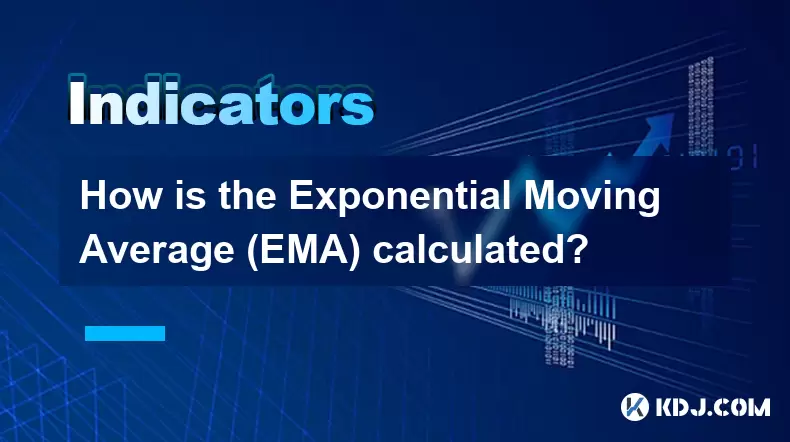
Understanding the Concept of Exponential Moving Average (EMA)
The Exponential Moving Average (EMA) is a type of moving average that places a greater weight on recent data points, making it more responsive to new information compared to the Simple Moving Average (SMA). This characteristic makes EMA particularly useful in cryptocurrency trading, where price movements can be highly volatile and rapid. Unlike SMA, which treats all data points equally over a specified period, EMA emphasizes recent prices, allowing traders to detect trends earlier. The core idea behind EMA is to smooth price data over time while reducing lag. This responsiveness is achieved through a multiplier that applies exponentially decreasing weights to older observations.
Components Required to Calculate EMA
To compute the EMA, several key components are necessary:
- Previous EMA value: For the first calculation, this is typically replaced with the Simple Moving Average (SMA).
- Current price: Usually the closing price of the cryptocurrency for the current period.
- Smoothing factor (multiplier): Determined by the chosen time period.
The smoothing factor is calculated using the formula:
Smoothing Factor = 2 / (N + 1)
where N represents the number of periods (e.g., 10-day, 20-day). For example, in a 10-day EMA, the multiplier would be 2 / (10 + 1) = 0.1818, or 18.18%. This multiplier ensures that more recent prices have a higher impact on the EMA value.
Step-by-Step Calculation of EMA
Calculating the EMA involves a series of steps that must be followed precisely:
- Determine the period length (e.g., 12 days, 26 days) based on trading strategy.
- Calculate the Simple Moving Average (SMA) for the initial EMA value. For a 10-day EMA, sum the closing prices of the first 10 days and divide by 10.
- Compute the smoothing multiplier using the formula 2 / (N + 1).
- Apply the EMA formula for each subsequent day:
EMA = (Current Price − Previous EMA) × Multiplier + Previous EMA
For example, if today’s closing price is $30,000, the previous EMA was $29,500, and the multiplier is 0.1818, the calculation would be:
(30,000 − 29,500) × 0.1818 + 29,500 = 500 × 0.1818 + 29,500 = 90.9 + 29,500 = 29,590.9.
This value becomes the new EMA and is used in the next period’s calculation.
Practical Example Using Cryptocurrency Data
Let’s calculate a 3-day EMA for Bitcoin using hypothetical closing prices:
- Day 1: $25,000
- Day 2: $26,000
- Day 3: $27,000
- Day 4: $28,000
First, compute the SMA for the first 3 days:
(25,000 + 26,000 + 27,000) / 3 = 26,000 — this is the starting EMA.
Next, determine the multiplier:
2 / (3 + 1) = 0.5
Now, calculate the EMA for Day 4:
EMA = (28,000 − 26,000) × 0.5 + 26,000 = 2,000 × 0.5 + 26,000 = 1,000 + 26,000 = 27,000
Thus, the 3-day EMA on Day 4 is $27,000. This process repeats for each new data point, with the most recent EMA value feeding into the next calculation.
Implementing EMA in Trading Platforms and Scripts
Many cryptocurrency traders use platforms like TradingView, Binance, or MetaTrader to visualize EMA automatically. However, understanding how to implement EMA manually or via code is valuable for custom strategies.
In Python, EMA can be calculated using libraries like pandas:
- Import necessary libraries:
import pandas as pd - Create a price series:
prices = pd.Series([25000, 26000, 27000, 28000, 29000]) - Use the ewm() function:
ema = prices.ewm(span=3, adjust=False).mean() - Display the result:
print(ema)
The span parameter corresponds to the number of periods. The adjust=False argument ensures the use of the standard recursive EMA formula. This method automatically handles the initial SMA and applies the correct multiplier.
For manual spreadsheet implementation (e.g., Google Sheets or Excel):
- List closing prices in column A.
- Calculate SMA for the first N rows in column B.
- Set multiplier in a cell (e.g., 2/(N+1)).
- In the next row, use the formula:
=(A5-B4)*$C$1+B4, where A5 is current price, B4 is prior EMA, and C1 is the multiplier. - Drag the formula down to compute EMA for all subsequent rows.
Common Misconceptions and Clarifications
A frequent misunderstanding is that EMA uses all historical data with exponentially decreasing weights from day one. In practice, due to the recursive nature, EMA converges quickly, and data beyond a certain point has negligible impact. Another misconception is that EMA is inherently more accurate than SMA. While it reacts faster to price changes, it can also produce more false signals during choppy markets.
Some traders believe the EMA formula differs across platforms. However, the core calculation remains consistent; differences arise only in how the initial value is set (e.g., using SMA or setting it equal to the first price).
Frequently Asked Questions
Why is the multiplier calculated as 2 / (N + 1)?
This formula ensures that the weights assigned to past prices decay exponentially. The choice of "2" normalizes the weighting so that the average responds appropriately to the selected period. It balances responsiveness and smoothing, making the EMA neither too sensitive nor too sluggish.
Can EMA be calculated without using SMA as the starting point?
Yes, though less common, some systems initialize EMA using the first price in the dataset. However, this can skew early values. Using SMA for initialization provides a more stable and representative starting point, especially over short periods.
How does changing the EMA period affect trading signals?
A shorter period (e.g., 9-day) makes the EMA more sensitive to price changes, generating earlier but potentially unreliable signals. A longer period (e.g., 50-day) smooths out noise but introduces lag, possibly delaying entry or exit points.
Is EMA suitable for all cryptocurrency timeframes?
EMA can be applied to any timeframe—1-minute, daily, or weekly charts. The effectiveness depends on the trader’s strategy. Short-term traders often use 9 or 12-period EMAs, while long-term investors may rely on 50 or 200-period EMAs to identify major trends.
Disclaimer:info@kdj.com
The information provided is not trading advice. kdj.com does not assume any responsibility for any investments made based on the information provided in this article. Cryptocurrencies are highly volatile and it is highly recommended that you invest with caution after thorough research!
If you believe that the content used on this website infringes your copyright, please contact us immediately (info@kdj.com) and we will delete it promptly.
- Dalio's Take: Balancing Bitcoin, Gold, and the Debt Doom Loop
- 2025-07-31 00:51:15
- Ethereum's Epic Rally: A Decade of Decentralization and a Celebration in NFTs
- 2025-07-31 01:11:05
- XRP Price, Altcoins, and the 50x Potential: What's the Buzz?
- 2025-07-31 01:15:14
- BlockchainFX ($BFX): Is This Altcoin the Best Crypto Presale of 2025?
- 2025-07-31 01:21:27
- PENGU Price Plunge? Binance Transfers and Token Transfer Trends
- 2025-07-30 23:10:15
- Navigating Crypto Investment: Bitcoin Mining and the Rise of Cloud Mining in the Big Apple
- 2025-07-30 22:31:15
Related knowledge
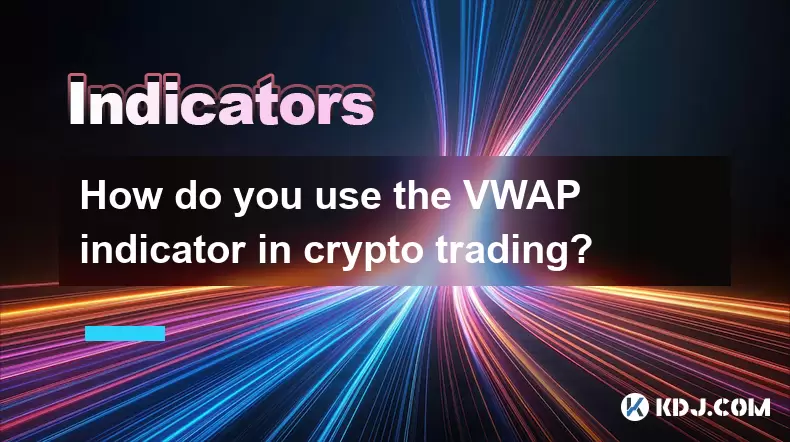
How do you use the VWAP indicator in crypto trading?
Jul 31,2025 at 01:44am
Understanding the VWAP Indicator in Cryptocurrency MarketsThe Volume Weighted Average Price (VWAP) is a powerful analytical tool used extensively in c...
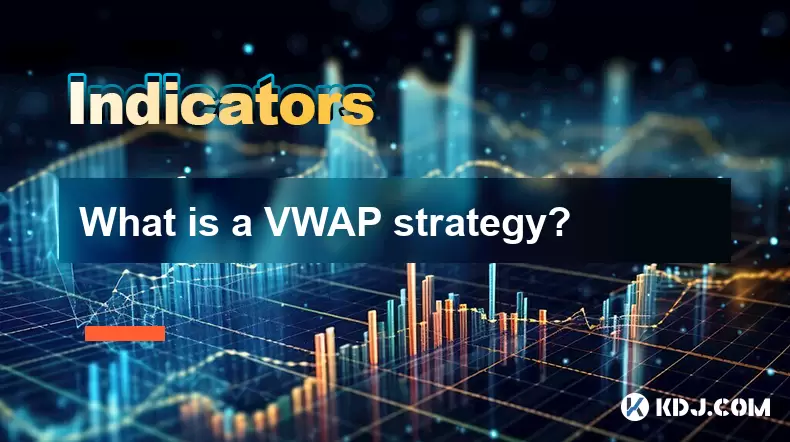
What is a VWAP strategy?
Jul 31,2025 at 01:11am
Understanding the VWAP Indicator in Cryptocurrency TradingThe Volume Weighted Average Price (VWAP) is a trading benchmark used by traders to determine...
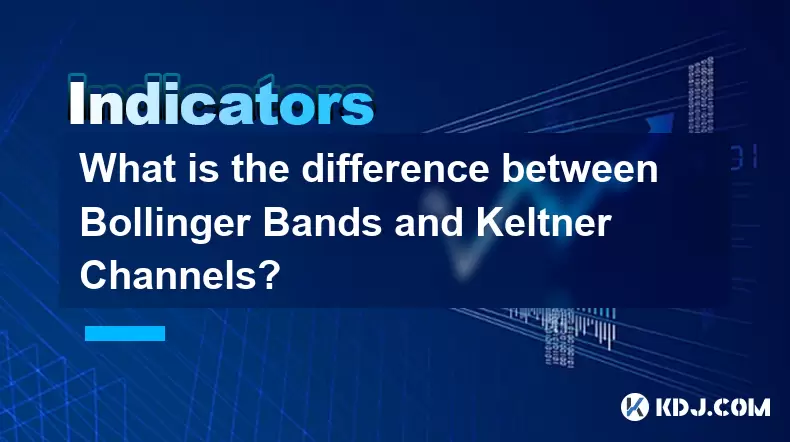
What is the difference between Bollinger Bands and Keltner Channels?
Jul 30,2025 at 11:30pm
Understanding Bollinger Bands and Their Core ComponentsBollinger Bands are a widely used technical analysis tool developed by John Bollinger in the 19...
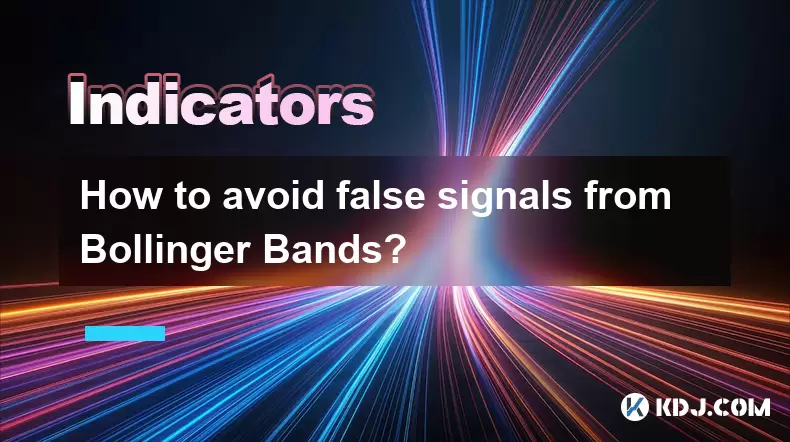
How to avoid false signals from Bollinger Bands?
Jul 30,2025 at 11:42pm
Understanding Bollinger Bands and Their Core ComponentsBollinger Bands are a widely used technical analysis tool developed by John Bollinger in the 19...
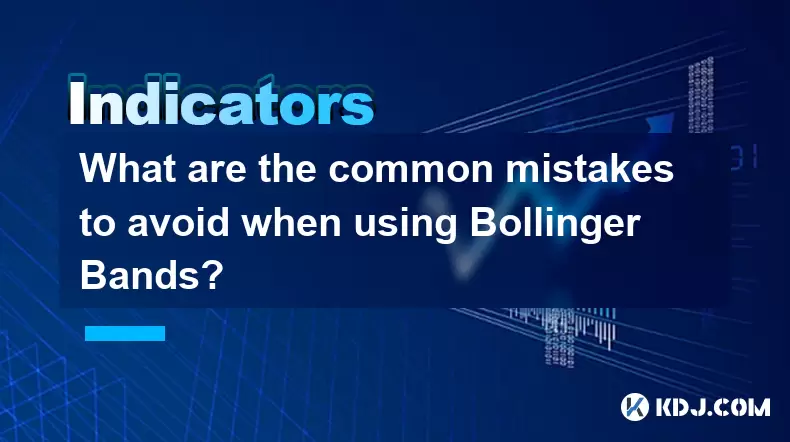
What are the common mistakes to avoid when using Bollinger Bands?
Jul 31,2025 at 12:59am
Understanding Bollinger Bands and Their StructureBollinger Bands are a widely used technical analysis tool developed by John Bollinger in the 1980s. T...
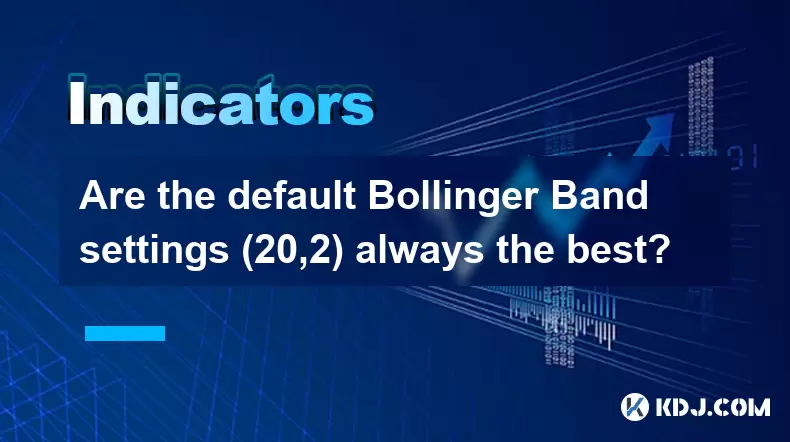
Are the default Bollinger Band settings (20,2) always the best?
Jul 30,2025 at 11:36pm
Understanding the Standard Bollinger Band ConfigurationThe default Bollinger Band settings of (20,2) are widely used across the cryptocurrency trading...

How do you use the VWAP indicator in crypto trading?
Jul 31,2025 at 01:44am
Understanding the VWAP Indicator in Cryptocurrency MarketsThe Volume Weighted Average Price (VWAP) is a powerful analytical tool used extensively in c...

What is a VWAP strategy?
Jul 31,2025 at 01:11am
Understanding the VWAP Indicator in Cryptocurrency TradingThe Volume Weighted Average Price (VWAP) is a trading benchmark used by traders to determine...

What is the difference between Bollinger Bands and Keltner Channels?
Jul 30,2025 at 11:30pm
Understanding Bollinger Bands and Their Core ComponentsBollinger Bands are a widely used technical analysis tool developed by John Bollinger in the 19...

How to avoid false signals from Bollinger Bands?
Jul 30,2025 at 11:42pm
Understanding Bollinger Bands and Their Core ComponentsBollinger Bands are a widely used technical analysis tool developed by John Bollinger in the 19...

What are the common mistakes to avoid when using Bollinger Bands?
Jul 31,2025 at 12:59am
Understanding Bollinger Bands and Their StructureBollinger Bands are a widely used technical analysis tool developed by John Bollinger in the 1980s. T...

Are the default Bollinger Band settings (20,2) always the best?
Jul 30,2025 at 11:36pm
Understanding the Standard Bollinger Band ConfigurationThe default Bollinger Band settings of (20,2) are widely used across the cryptocurrency trading...
See all articles

























































































